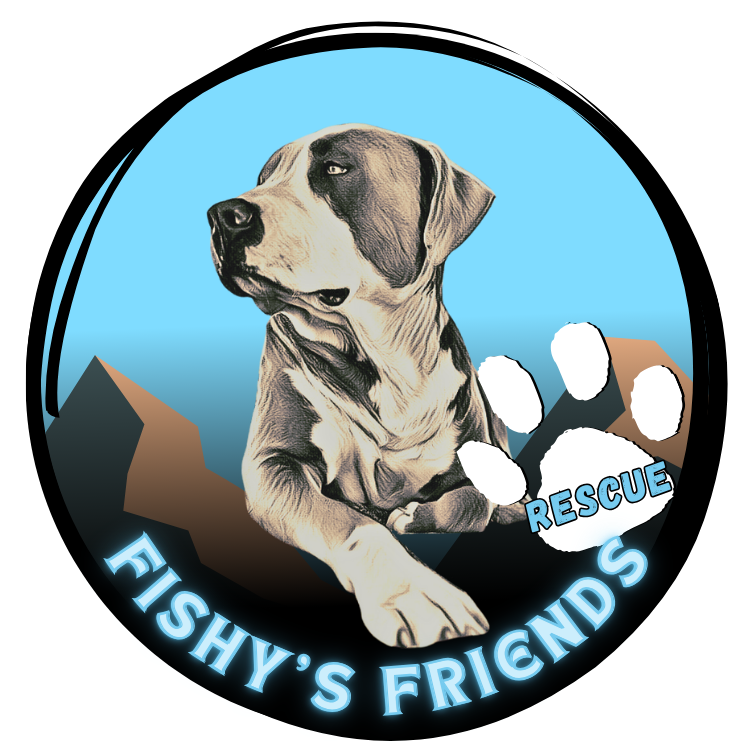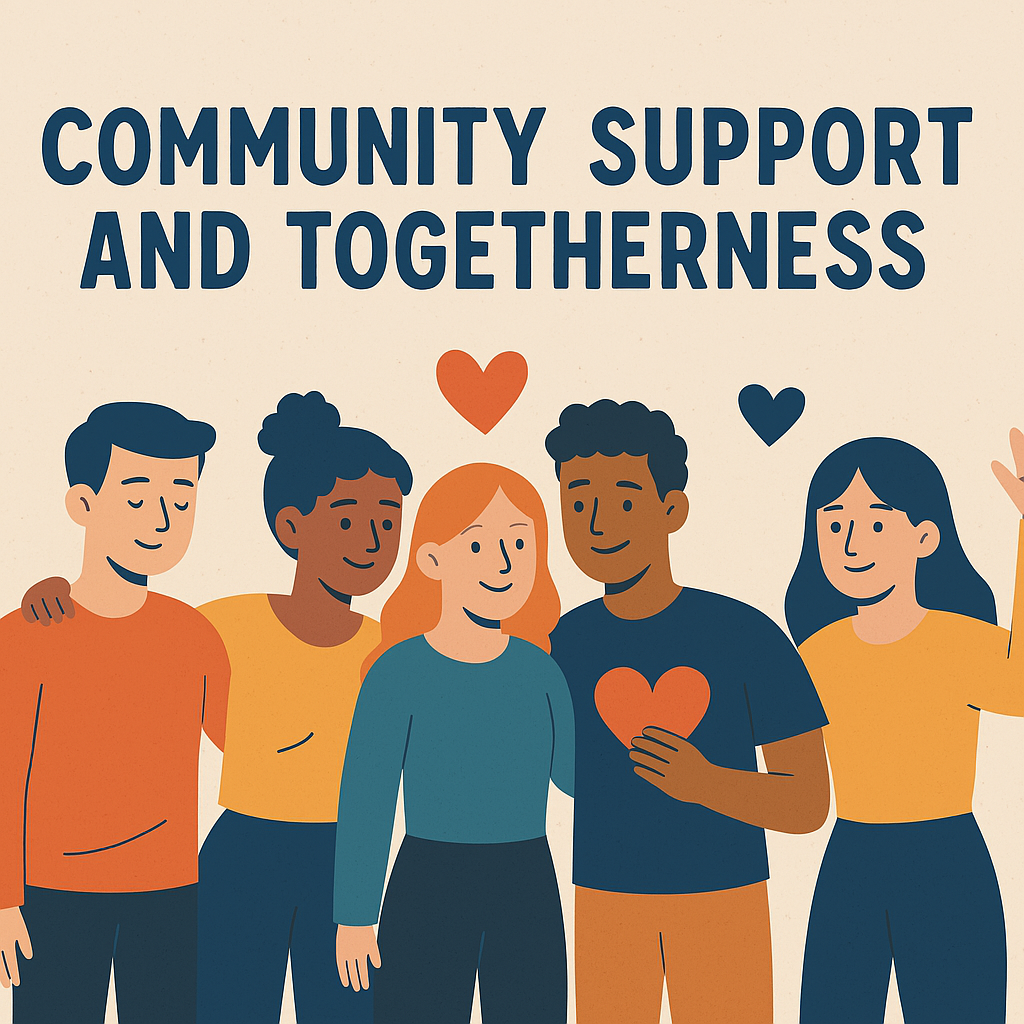From Fear to Family-The Foster Guide to Loving a Traumatized Rescue Dog Back to Life
Understanding Rescued Dogs.

Taking in a rescue dog with a rough past isn’t always easy—but it’s always worth it. Many of our fosters open their homes to pups who have been dumped, neglected, or mistreated, and while the journey from trauma to trust can be bumpy, it’s also one of the most rewarding experiences you'll ever have. Here’s what every foster should know to confidently welcome a dog who's learning how to feel safe again.
1. Understanding Trauma in Rescue Dogs
Many rescue dogs come from heartbreaking situations that leave invisible scars. Whether they were neglected, abandoned, abused, or simply undersocialized, trauma affects each dog differently. Some may shut down completely, while others may display signs of fear-based aggression or extreme anxiety. As a foster, understanding that your new pup is reacting to a world that once failed them is the first step in helping them heal. Compassion and patience go a long way in building the foundation for recovery.
2. Setting Up for Success at Home
Before your foster dog walks through the door, preparing your space can make all the difference. Create a calm, quiet decompression zone where they can retreat without pressure. A crate with soft bedding in a low-traffic area is ideal. Keep their environment consistent with daily routines and limited stimulation. Avoid overwhelming them with new people or experiences in the first week. This helps them feel secure and builds trust in their new surroundings.
3. Body Language Basics
Dogs communicate primarily through body language. Recognizing signs of stress like tucked tails, lip licking, whale eyes, or yawning can help you understand when your foster pup is feeling overwhelmed. Equally important are signals of curiosity and comfort, like soft eyes or relaxed posture. Learn to read their cues, and adjust your behavior accordingly. Respecting their signals prevents setbacks and deepens your bond.
4. Bonding on Their Terms
One of the most powerful things you can do for a fearful foster is give them space and let them set the pace. Don’t force cuddles or interactions. Instead, use soft tones, baby talk, and calm presence to show you’re a source of safety. Sit quietly near them, offer treats from a distance, and reward any small act of bravery. When a scared dog chooses to approach you, it’s a beautiful and powerful moment of trust.
5. Food, Enrichment & Confidence Building
Meal time is more than just nourishment—it’s a trust-building opportunity. Use enrichment tools like lick mats, puzzle feeders, and frozen Kongs to stimulate their brain and create positive experiences. Small victories like eating in your presence or engaging with toys help them build confidence. These activities also help release energy in a calm and constructive way.
6. What Not to Do
Avoid forcing interactions or trying to "fix" behavior quickly. Never punish a fearful dog for being scared—they aren’t being stubborn, they’re surviving. Refrain from loud voices, looming postures, or trying to drag them toward new situations. Trauma isn’t erased with commands; it heals through compassion, time, and safe, predictable environments.
7. Celebrate the Small Wins
A single tail wag. A curious sniff. A nap outside the crate. These tiny steps mean the world in a foster dog’s journey. Progress may be slow, but each milestone is proof that love is working. Celebrate these moments and share them with your rescue team—they're signs of transformation. With your heart and home, you're giving a dog the gift of safety, healing, and hope.
We’re here for you every step of the way. From our Foster Handbook to our team chat, you have an entire community ready to support you. Thank you for being the bridge between fear and forever. You are saving lives—one paw at a time.















